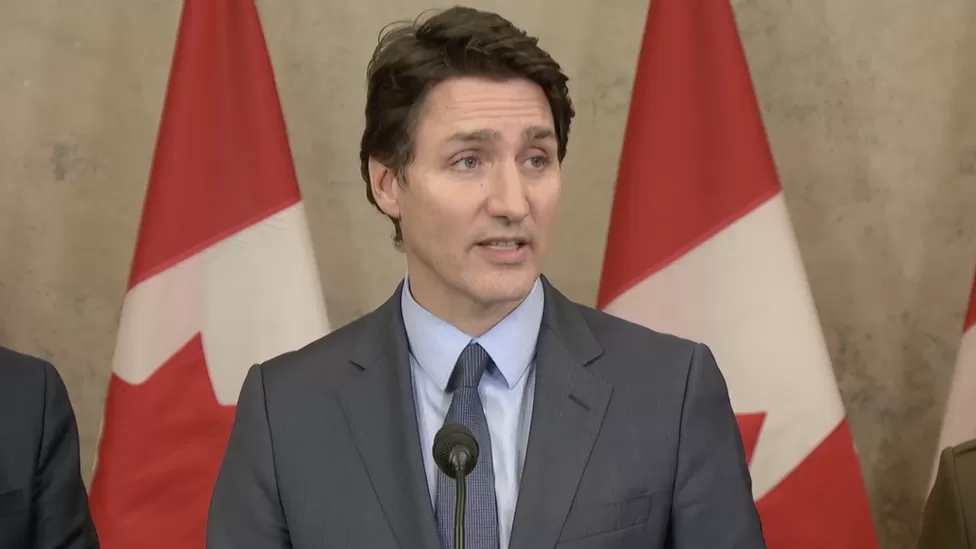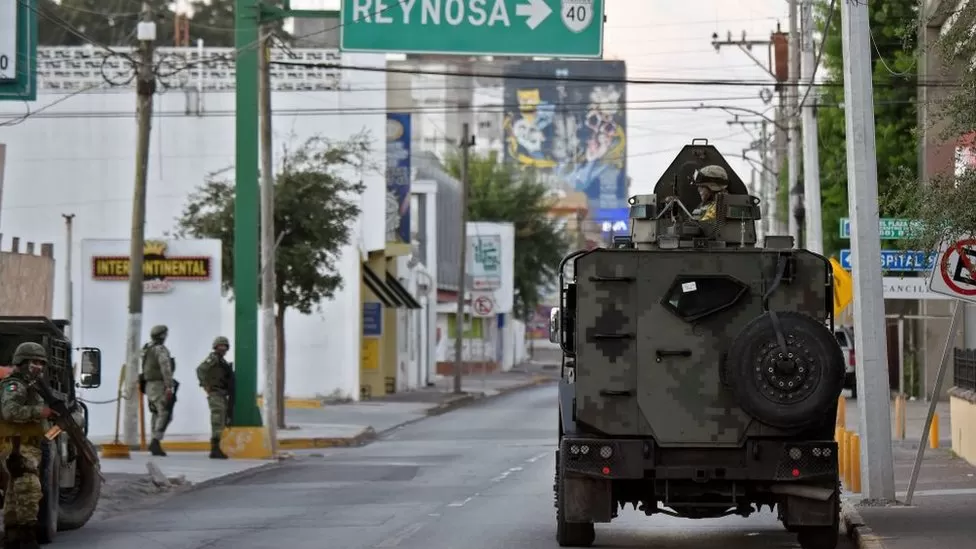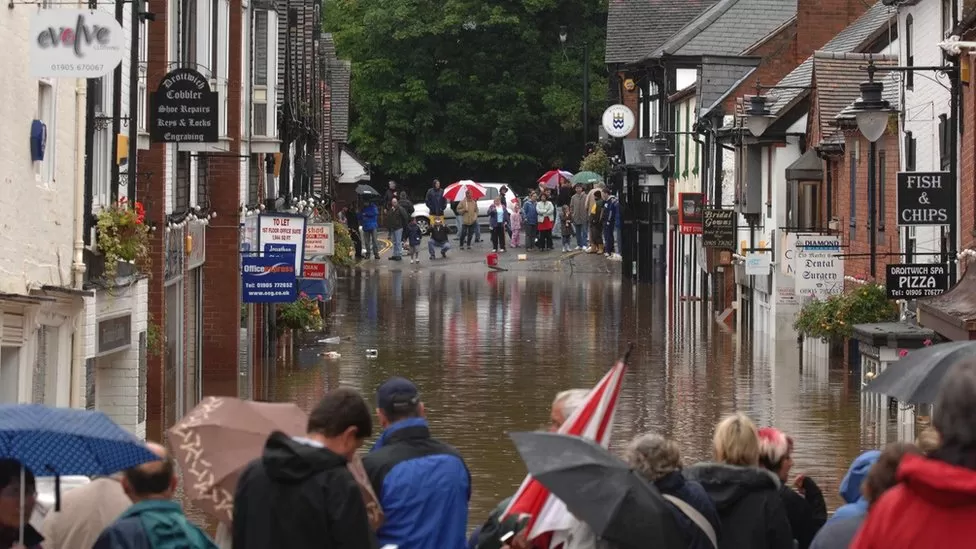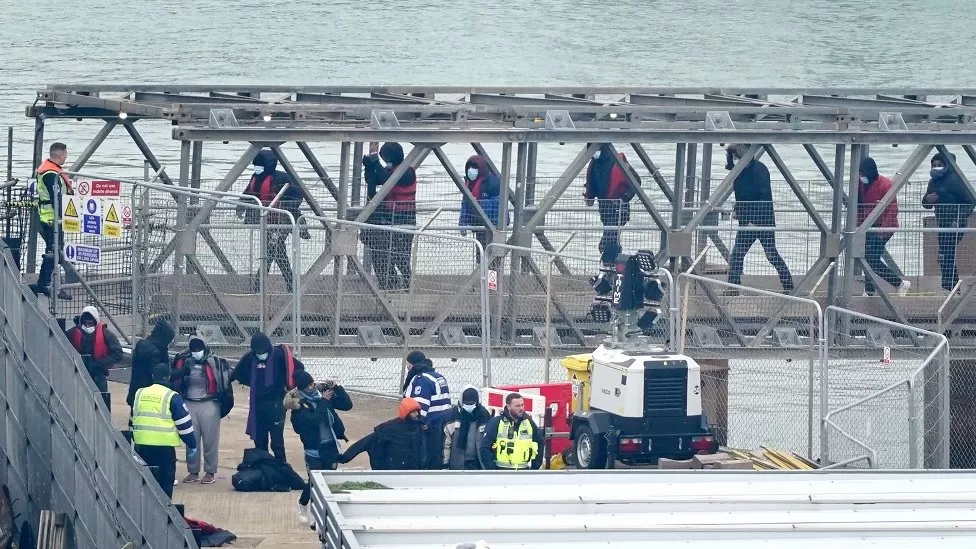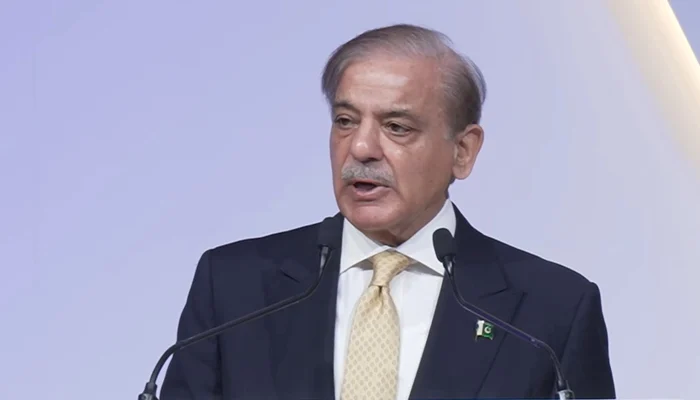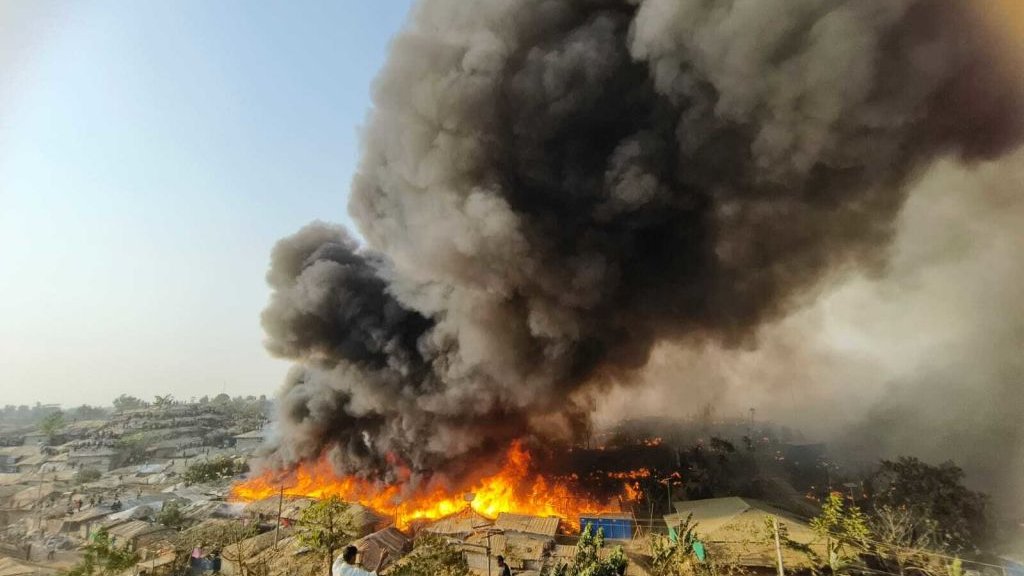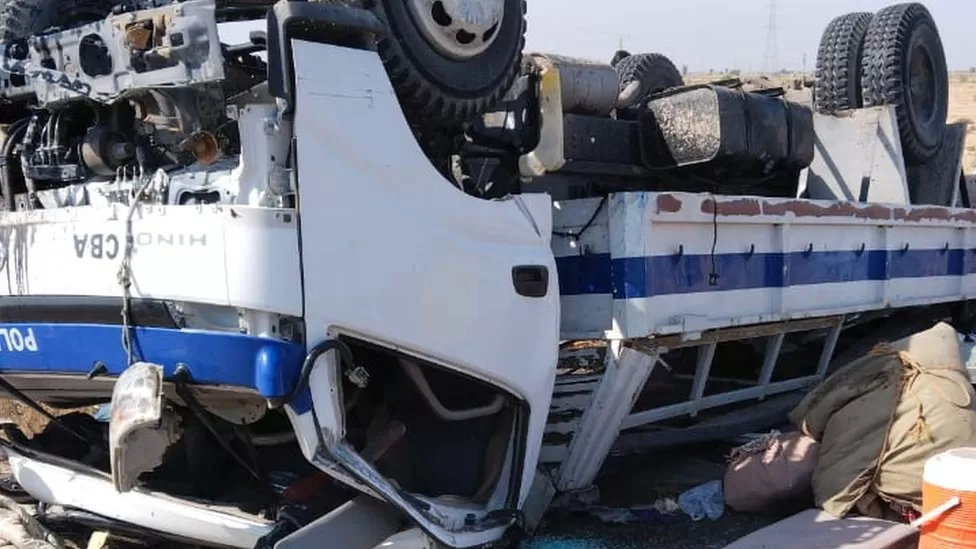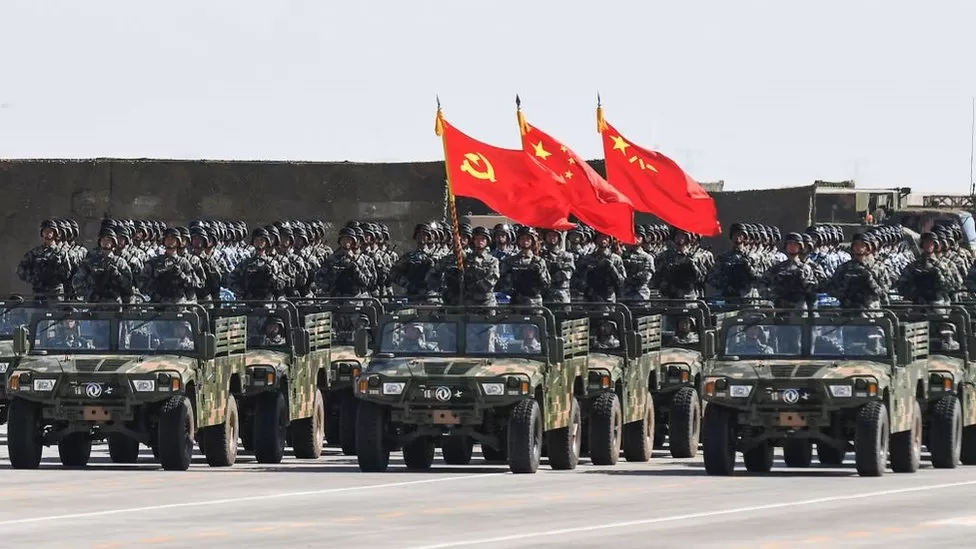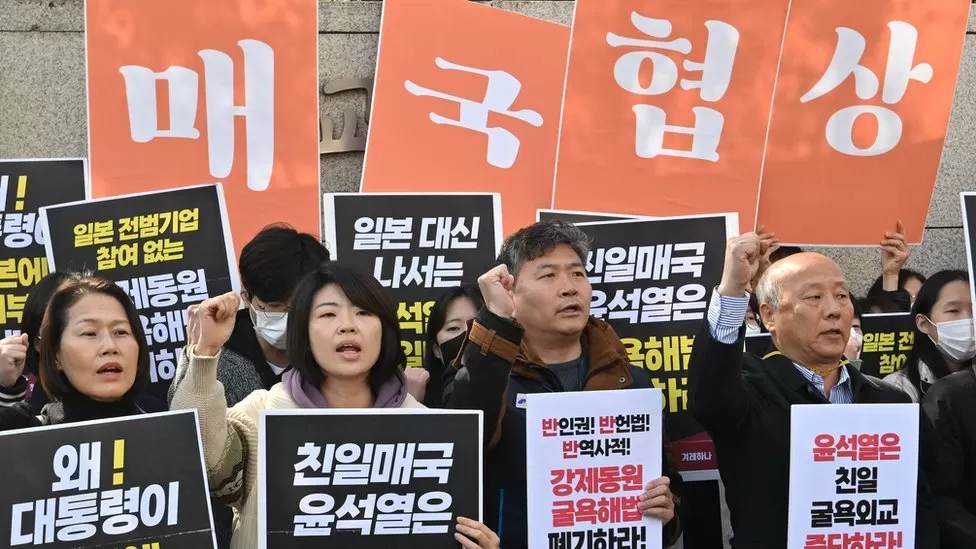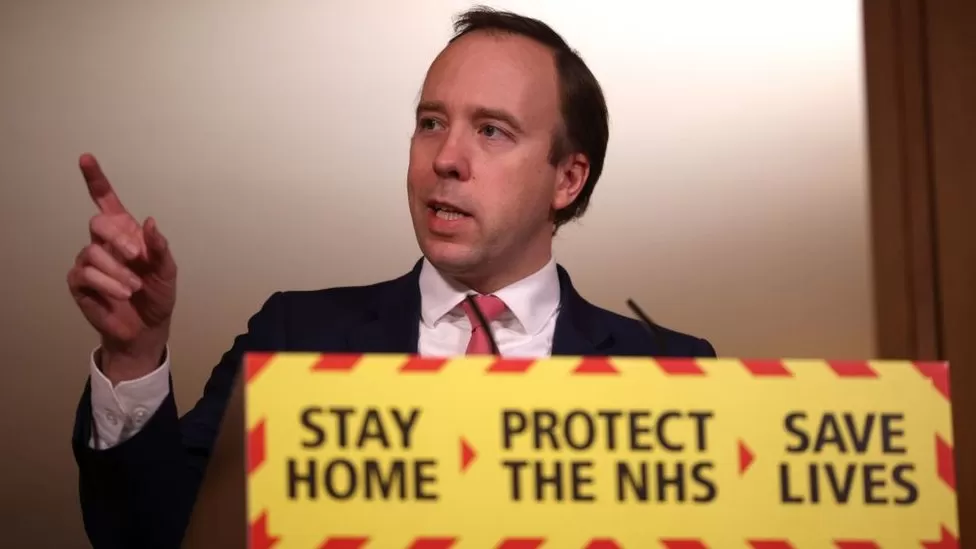The appointed investigator will review classified reports about the 2019 and 2021 federal elections and will make recommendations for future contests.
Rival political party leaders have called for a public inquiry.
China has denied any election interference, calling the claims “purely baseless and defamatory”.
Speaking to reporters on Parliament Hill in Ottawa on Monday, Mr Trudeau said the reports challenging Canada’s “sovereignty” are alarming, and “strike us to our very core as Canadians”.
“I will be appointing an independent special rapporteur, who will have a wide mandate and make expert recommendations on combating interference and strengthening our democracy,” Mr Trudeau said.
The rapporteur has not yet been chosen, he said, adding that the appointment will be made in the coming days.
Mr Trudeau also said he would ask members of parliament and senators in the National Security and Intelligence Committee of Parliamentarians (Nsicop) to begin a review of foreign interference and to report its findings to parliament.
He added that Canada has long been aware of meddling attempts by China, as well as Iran and Russia.
The countries, as well as several other non-state actors, “have attempted to interfere not only in our democracy, but our country in general”.
“This is not a new problem,” he said.
A series of reports in the Globe and Mail newspaper and broadcaster Global News in recent weeks, based on leaks from Canadian intelligence sources, detailed alleged attempts by China’s Communist Party to interfere in the last two federal elections.
Chinese officials have dismissed the reports as “purely baseless and defamatory” and as “hype”.
Conservative politicians have said publicly they were aware of interference in 2021 race, and believe it had cost them several seats – though not enough to change the election result, which Mr Trudeau’s Liberals won with a 41-seat lead.
A federal public report last week found that efforts to meddle in the 2021 federal election did not affect the results.
Federal opposition parties – the New Democrats and the Conservatives – have been pushing for an “independent and public” inquiry into the accounts.
In response to Mr Trudeau’s announcement, the New Democrats criticised the Nsicop committee probe, arguing it was not an “acceptable substitute for a public inquiry”.
“The way to stop foreign actors from acting in secret is to refuse to keep their secrets,” said New Democrat MP Peter Julian.
The leader of the Conservatives, Pierre Poilievre, called Mr Trudeau’s announcement a “cover up” by Liberals “to avoid accountability”.
The rapporteur will have the authority to recommend a public inquiry, Mr Trudeau said in response to critics.
“We will abide by their recommendation,” he said, calling the decision one of the official’s first tasks after being appointed.
“I know there are people out there who don’t believe this is enough,” Mr Trudeau continued. “I get that. This is why we’re entrusting further work to someone impartial.”
Also on Monday, the federal Royal Canadian Mounted Police said they had opened an investigation into how information about the alleged meddling was leaked to Canadian news outlets.
A poll released last week by the Angus Reid Institute found that around 65% of Canadians say they believe that Beijing attempted to meddle in both recent federal elections.
Two-thirds of Canadians also said that the federal government should do more to combat election meddling.


